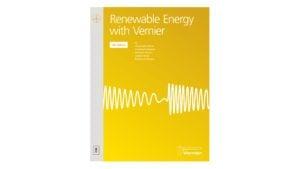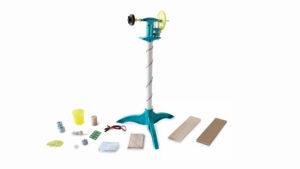Science, Technology, Engineering, and Math (STEM) with Vernier

Science
Vernier technology is used in more than 135 countries in biology, biotechnology, chemistry, Earth science, environmental science, physical science, physics, and water quality courses. From elementary schools to graduate studies, you can rely on Vernier technology for hands-on learning when science is the key focus of your STEM program.
Using Vernier technology, students:
- Ask questions and define problems to investigate
- Plan and carry out investigations
- Decide what data to gather and how much data are needed to produce reliable results
- Analyze and interpret data

Engineering
The practices of engineering, when combined with Vernier sensors, allow students to identify problems, design solutions, and test those solutions using sensor data.
Vernier supports hands-on engineering activities:
- Engineering design projects
- Feedback and control projects
- Bridge testing and contests
- Structures and materials testing
- Wind and solar energy investigations and design challenges

Math
Computational thinking, visualizing data, and recognizing patterns are all part of scientific investigations and engineering activities using Vernier sensors and software.
Engage students in mathematical activities that teach them how to
- Understand grade-level appropriate mathematics and statistics when analyzing data
- Visualize data using a variety of analytical tools to show relationships
Experiments Written with Alignment to NGSS
-
Renewable Energy with Vernier
Starts at $45.00 -
Physics Explorations and Projects
Starts at $45.00 -
Investigating Wind Energy
Starts at $24.00 -
Investigating Solar Energy
Starts at $24.00
Experiments Written to Support Inquiry
-
Physics Explorations and Projects
Starts at $45.00 -
Investigating Environmental Science through Inquiry
Starts at $45.00 -
Investigating Chemistry through Inquiry
Starts at $45.00 -
Investigating Biology through Inquiry
Starts at $45.00
Laboratory Equipment
-
KidWind 2V/400mA Solar Panel
Starts at $21.00 -
KidWind Basic Wind Experiment Kit
Starts at $134.00
Engineering Projects and Programming
Elementary Education
-
Elementary Science with Vernier
Starts at $45.00 -
Investigating Wind Energy
Starts at $24.00 -
Investigating Solar Energy
Starts at $24.00














